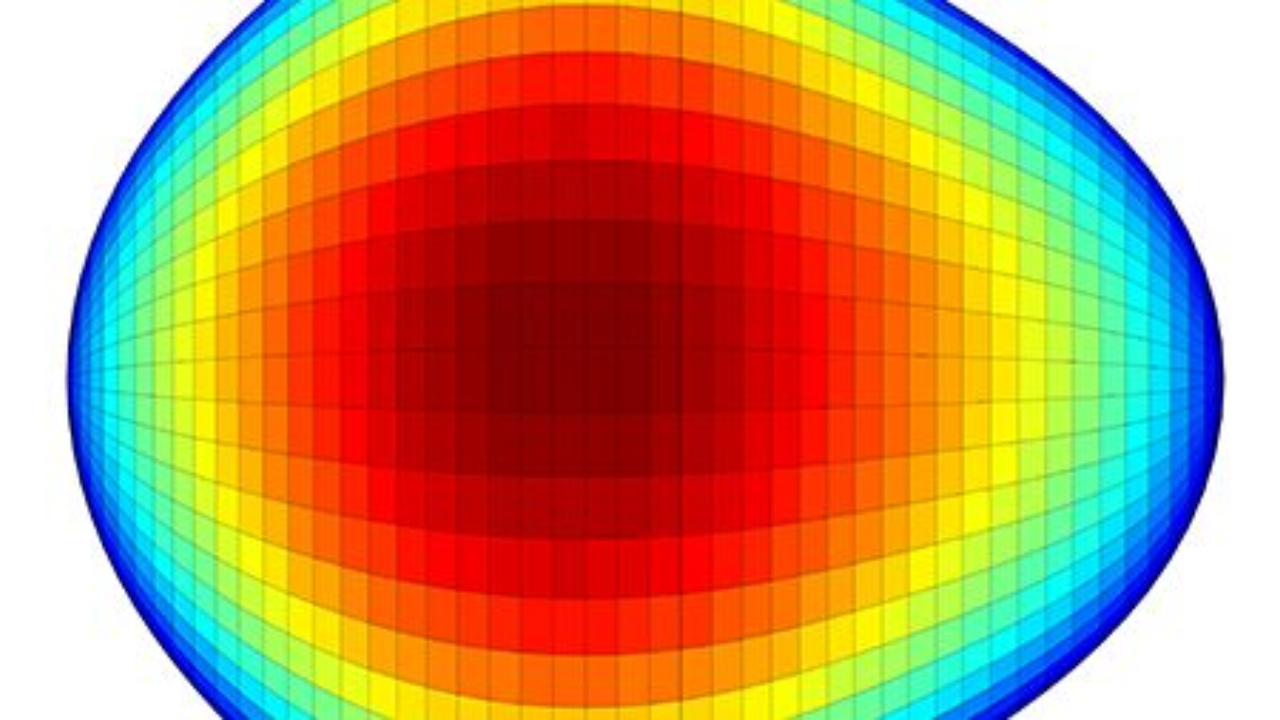New Study Suggests Atomic Nuclei Change Configuration at Varying Energy Levels

Credit: University of Liverpool
By Amal Pushp, Affiliate Physicist at the Resonance Science Foundation
Atomic Nucleus is the central component of atoms comprising of protons and neutrons bound together by the strong nuclear interaction, one of the four fundamental forces and the most powerful of all.
Just like atomic structure, there is a nuclear structure and various models have been propounded in order to approximate the behavior and interactions of atomic nuclei. Some of these models are the liquid drop model, the nuclear shell model, and the collective model proposed by Aage Bohr and co-workers concerning the non-spherical geometry of nuclei.
With reference to the shell model propounded by physicists Goeppert Mayer and Jensen, who won the Nobel prize in 1963 for their work, it says that the atomic nucleus just like the atoms has energy levels that are characterized by the Pauli exclusion principle of quantum mechanics. They found that the main crux of the shell model and the differentiating factor is that there are specific numbers of nucleons that apparently are more strongly bound than the following higher number. This has been termed the magic quantum number and the most well-recognized magic numbers as per current knowledge are 2, 8, 20, 28, 50, 82, and 126. From a technical standpoint, magic numbers are determined empirically. Once there is a known nuclear potential, one can compute the Schrodinger equation and determine the nucleon dynamics and associated nuclear energy levels.
 Time-of-flight difference between the projectile and target recoils as a function of scattering angle measured with the CHICO2 detector. A clear separation between the 64Ni (bottom) and 208Pb (top) ions is observed. Credit: Physical Review C (2022).
Time-of-flight difference between the projectile and target recoils as a function of scattering angle measured with the CHICO2 detector. A clear separation between the 64Ni (bottom) and 208Pb (top) ions is observed. Credit: Physical Review C (2022).
Now in relation to nuclear energy levels, a recent work has been published in the journal Physical Review C, wherein a team of researchers discovered that a heavy atomic nucleus called Ni-64, the most stable isotope of nickel changes its physical configuration in an excited high-energy state [1].
The experimental setup utilised an accelerator facility called the Argonne Tandem Linac Accelerator System (ATLAS), to expedite a sample of Ni-64 nuclei toward a lead target. The repulsive force between the protons present in lead and the protons present in nickel produced an electromagnetic field, however, the lead atoms were able to stimulate the Ni-64 nuclei through the field in a hassle-free manner.
Through data analysis, it was found that Ni-64 changed its shape as a result of its interaction with lead atoms. This change was in accordance with the amount of energy applied and the shape was either oblate, like a doorknob, or prolate like a rugby ball. The findings have potential applications in nuclear and stellar physics as well as in the field of medicine.
References
[1] D. Little et al, Multistep Coulomb excitation of Ni64: Shape coexistence and nature of low-spin excitations, Physical Review C (2022). DOI: 10.1103/PhysRevC.106.044313



